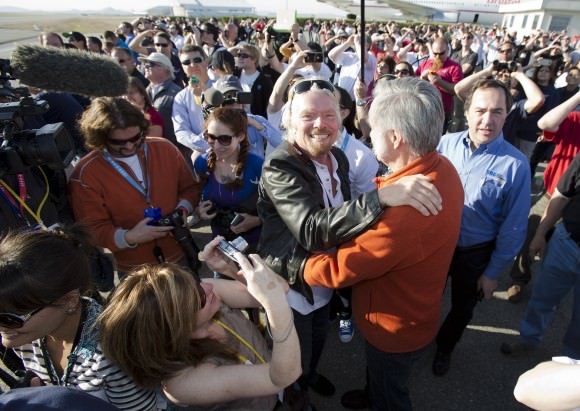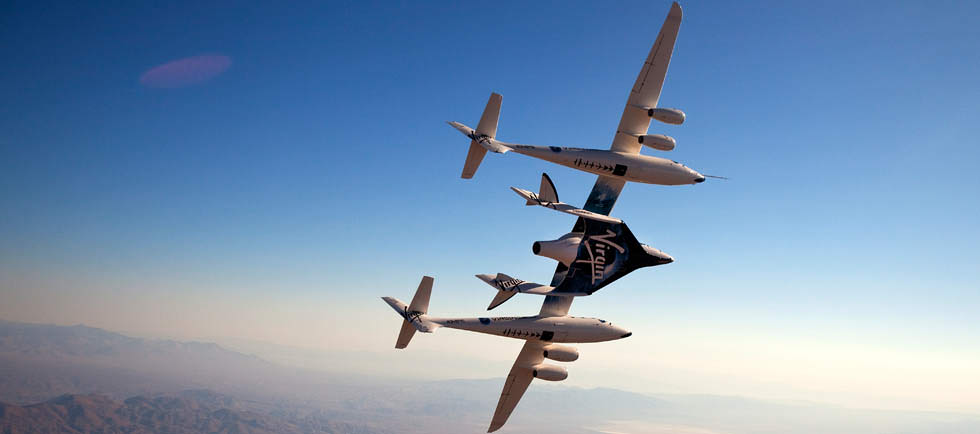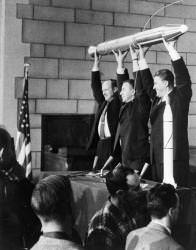Call it Space Survivor. Thirteen years after that now-classic desert island nightmare premiered on NBC, the executive producer behind Survivor is planning to host another reality competition that will land the winner a rocket trip to space.
We don’t know yet what feats of strength, endurance, intelligence or teamwork (or is that backstabbing?) will be needed to score a trip with Virgin Galactic. A press release simply promises a “groundbreaking, elimination competition series where everyday people compete for the ultimate prize”, but we sure hope a lot of the individual contests are space-related.
“For the past 10 years I have relentlessly pursued my dream of using a TV show to give an everyday person the chance to experience the black sky of space and look down upon mother Earth,” stated executive producer Mark Burnett, who heads One Three Media. Burnett seems to have chosen the Richard Branson-backed SpaceShipTwo (now doing powered flight tests) as the best chance of getting competitors into space in the near future.

“Last year, I spent time in New Mexico at the state-of-the-art facility and last week [I] spent time in the Mojave desert with Sir Richard and his impressive team. We got to see the spaceship up close and hear of Sir Richard’s incredible vision of how Virgin Galactic is the future of private space travel. I am thrilled to be part of a series that will give the everyday person a chance to see space, and that NBC has come on board too so that viewers at home will have a first-class seat.”
Virgin says its first spaceflight with SpaceShipTwo will be in 2014, and soon after it will open the manifest to the more than 600 folks who have purchased tickets.
As for when we’ll expect to see Space Race hit the airwaves, let’s just caution that this is just an agreement so far and nothing firm has been decided.
Recall that in 2000, Burnett announced another deal with NBC to host a space reality show (Destination Mir), with the winner visiting the Russian space station Mir. That idea fell apart when the cash-strapped Russian Federal Space Agency elected to deorbit the aging station in 2001 and focus its resources on the International Space Station.
Burnett subsequently proposed another show that would have brought ‘N Sync guitarist Lance Bass to the International Space Station, but that idea never got off the ground.


